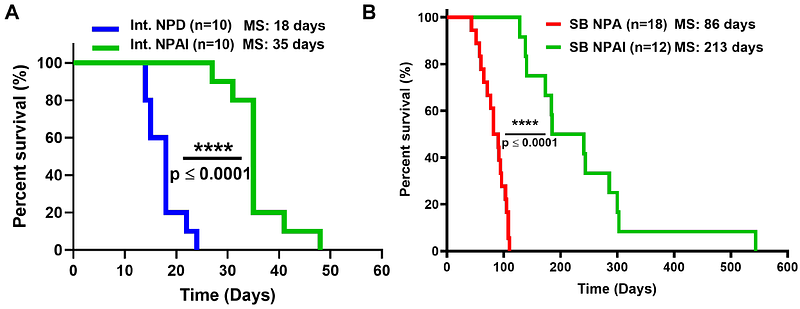Gliomas organize as liquid crystals: three-dimensional nematic order, disclinations and quasi-long-range order

Gliomas organize as liquid crystals: three-dimensional nematic order, disclinations and quasi-long-range order
Argento, A. E.; Varela, M. L.; Singh, G.; Visnuk, D. P.; Jacobovitz, B.; Rutherford, M. E.; Edwards, M. B.; Chaboche, Q.; Orringer, D. A.; Heth, J. A.; Castro, M. G.; Beller, D. A.; Blanch-Mercader, C.; Lowenstein, P.
AbstractGlioma brain tumors are structured as active nematic liquid crystals, promoting collective migration and aggression. We establish the existence of nematic order and topological defect lines and loops in 3D in vivo mouse and human glioma brain tumors. As predicted by theory, sections through the disclination lines in 3D appear as +/- 1/2 topological defects in 2D. In 3D, these defects either persist along disclination lines or twist as they interconvert from -1/2 to +1/2. Cell alignment exhibits quasi-long-range order, spreading throughout the tumor over distances between 300-3000 um. In vitro -1/2 and +1/2 defects display changes in apoptosis levels, suggesting topological defects regulate glioma cell density. The large scale order of gliomas correlates with tumors\' aggressive behavior. The organization of gliomas as active nematic liquid crystals provides a novel physical foundation of complex solid tumors; their deconstruction signposts potential treatments for deadly cancers.